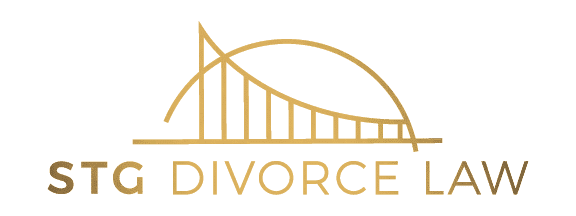Child abuse can occur in any family situation.However, when your child does not live with you full time, and is also in the custody of another adult, it may be more difficult to detect the abuse. During the month of April, Child Abuse Awareness Month, massive awareness campaigns are promulgated to educate people on the warning signs and red flags of child abuse.
However, strategies to combat the issue should not be limited to just one month of the year. Many cases of child abuse go undetected every day and it is critical to learn what to look for in order to protect children from abuse. Through early detection, we may be able to drastically reduce or prevent instances of abuse in our homes and throughout our communities.
Under the Illinois Abused and Neglected Child Reporting Act, the agency that is assigned the task of investigating allegations of child abuse is the Illinois Department of Children and Family Services (“DCFS”).
If you suspect a child is being harmed, first contact DCFS, which will immediately begin an investigation into the allegations. Consulting a family law attorney may also be another step to consider.
Awareness of the signs of abuse is critical in preventing or stopping child abuse. It is the responsibility of not only the parents or primary caregivers, but also of health care professionals, teachers, and community members to educate themselves on the warning signs of abuse.
Signs of Child Abuse
Changes in Eating or Sleeping Habits: An abused child may have drastic changes in his or her eating and sleeping habits. Changes in eating habits can manifest in extreme weight gain or loss. Changes in sleeping habits can lead to insomnia, nightmares or general fatigue.
Changes in Personality or Mood: Any drastic change in mood, whether it is increased anxiety, depression, withdrawal from social activities or more aggressive or violent behavior, may also be a sign of abuse. Some abused children even revert back to adolescent-type behaviors like bed-wetting or thumb-sucking as coping mechanisms.
Lack of Self-Care: Abused children may also lose interest in self-care. They may stop engaging in personal care or normal hygiene rituals like bathing or grooming. They may stop brushing their hair or teeth, have excessive body odor, or dress inappropriately for the weather conditions outside.
Engaging in High-Risk Activities: An abused child may begin engaging in high-risk activities like using drugs or alcohol, carrying a weapon, or engaging in inappropriate sexual behavior. A sexually abused child may use graphic language or become over sexualized.
Mysterious Injuries: Health care providers, in particular, need to further investigate unexplained injuries a child has sustained. If the child is taken to a health care provider and the parents’ explanations for bruises, cuts, or burn marks (especially if they are in the shape of objects or look like they were inflicted by a hand or fist) do not add up, the health care professional many need to contact DCFS or local law enforcement to further investigate the issue. Many times these injuries will be hidden from view as the abuser is attempting to hide the crime.
Avoiding the Home: Teachers, day care professionals, or babysitters need to pay special attention if a child expresses that he or she is afraid to go home. Many abused children talk about how they are scared or anxious to go home or leave with a particular caretaker.
Decline in Academic Performance: Both parents and teachers need to monitor a child’s academic performance carefully. Any changes in school performance or frequent missed attendance may be a red flag that something is wrong. Oftentimes, children will have difficulty performing simple tasks or concentrating on assignments in class.
Child abuse is a serious crime and the issue deserves undivided attention from parents, teachers, lawmakers, and the community as a whole. Learning the warning signs is the first step in prevention.
Resources in Illinois
If you have any family law questions, do not hesitate to contact an experienced Wheaton family law attorney at Sullivan Taylor, Gumina & Palmer, P.C.








